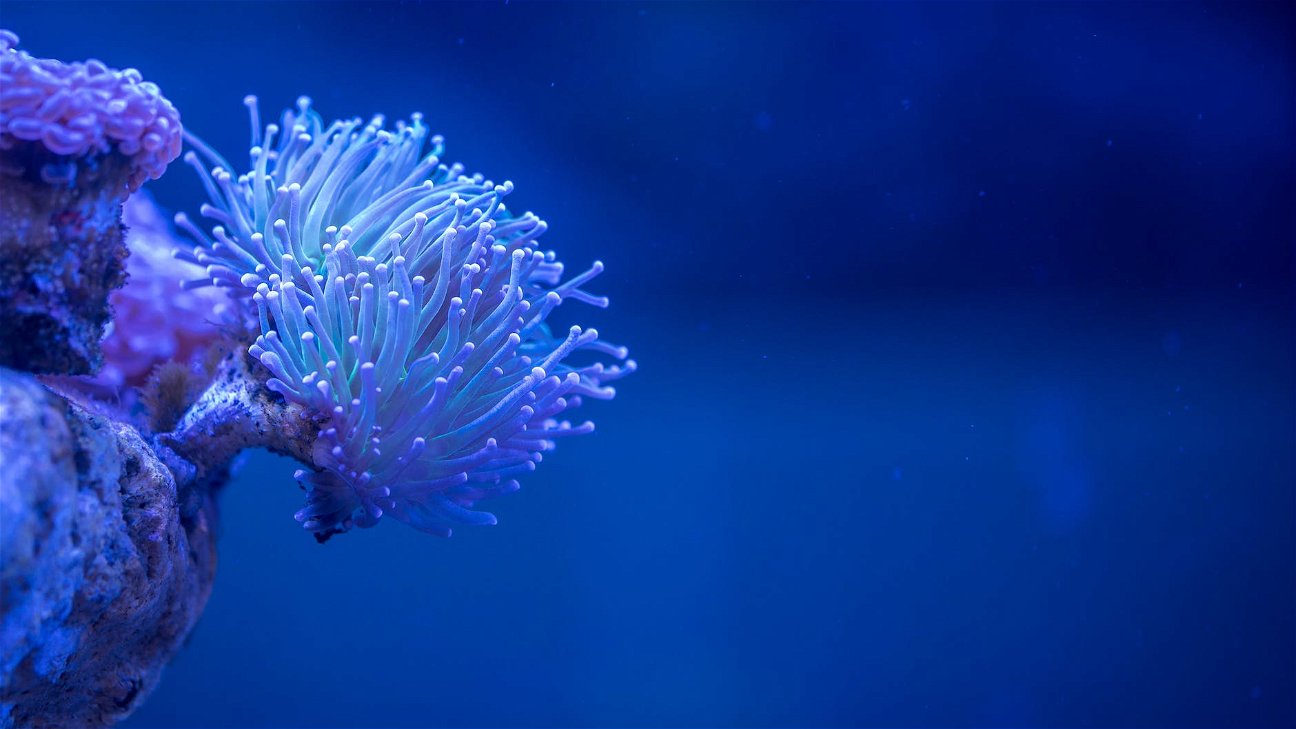
Bringing new fish home and introducing them to their new aquatic habitat can be a thrilling experience. However, it's not as simple as just plopping them in. There are several aspects you need to consider to ensure a smooth transition for your finned friends. Here are 5 essential tips to help you along the way.
1. Prepare the Aquarium
First things first - preparation is key. Before introducing fish to a new aquarium, you must ensure that the environment is ready and fully functional.
- Aquarium Cycling: Start by cycling your aquarium. This process establishes necessary bacteria that help break down fish waste and uneaten food into less harmful substances. It typically takes 4-6 weeks, and it's a crucial step that should not be skipped.
- Water Parameters: Check the water parameters like pH, ammonia, nitrate, and nitrite levels. These should be suitable for the fish species you're planning to house.
- Temperature: The water temperature should be consistent and appropriate for your fish.
2. Choose Fish Wisely
Not every fish is suitable for every aquarium. When introducing new fish to an aquarium, keep these considerations in mind:
- Compatibility: Make sure the fish species are compatible with each other. Some species may not co-exist well.
- Size and Number: Consider the size of the fish and the size of your aquarium. Overcrowding can lead to stress and disease.
- Health: Always look for signs of health in new fish. Avoid those with noticeable diseases or injuries.
3. Acclimate Fish Properly
The process of acclimatizing fish to their new environment is vital.
- Bag Floating: Float the sealed bag with the new fish in the aquarium for about 15-20 minutes. This helps to equalize the temperature.
- Water Mixing: Slowly add small amounts of aquarium water to the bag. This allows the fish to adjust to the new water parameters gradually.
4. Monitor the Fish
After introducing fish to a new aquarium, keep a close eye on them.
- Behavior: Look for any changes in behavior or signs of stress. These could be indications of a problem that needs to be addressed.
- Feeding: Monitor the eating habits of the fish. A sudden loss of appetite can indicate stress or illness.
5. Regular Maintenance
Maintaining the aquarium is just as important as its initial setup.
- Cleaning: Regular cleaning helps to preserve the water quality and the overall health of the fish.
- Water Testing: Regular tests can alert you to changes in water parameters before they become problematic.
By following these tips, you can ensure that introducing fish to a new aquarium is a smooth and successful process. Remember, patience is key! Taking the time to do things right will pay off in the end with a happy, healthy aquatic environment.









